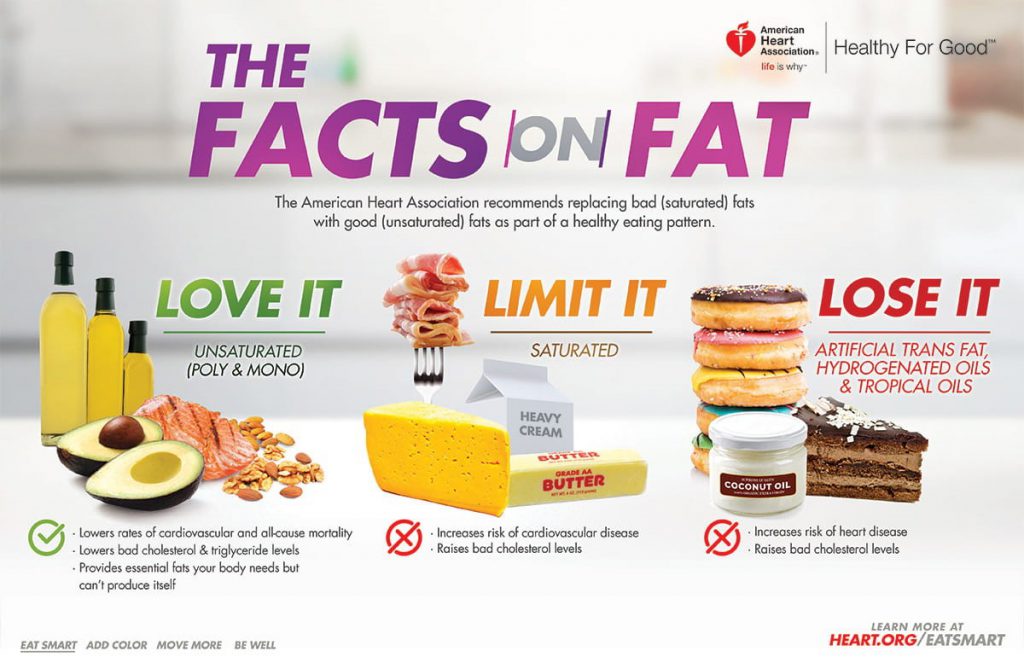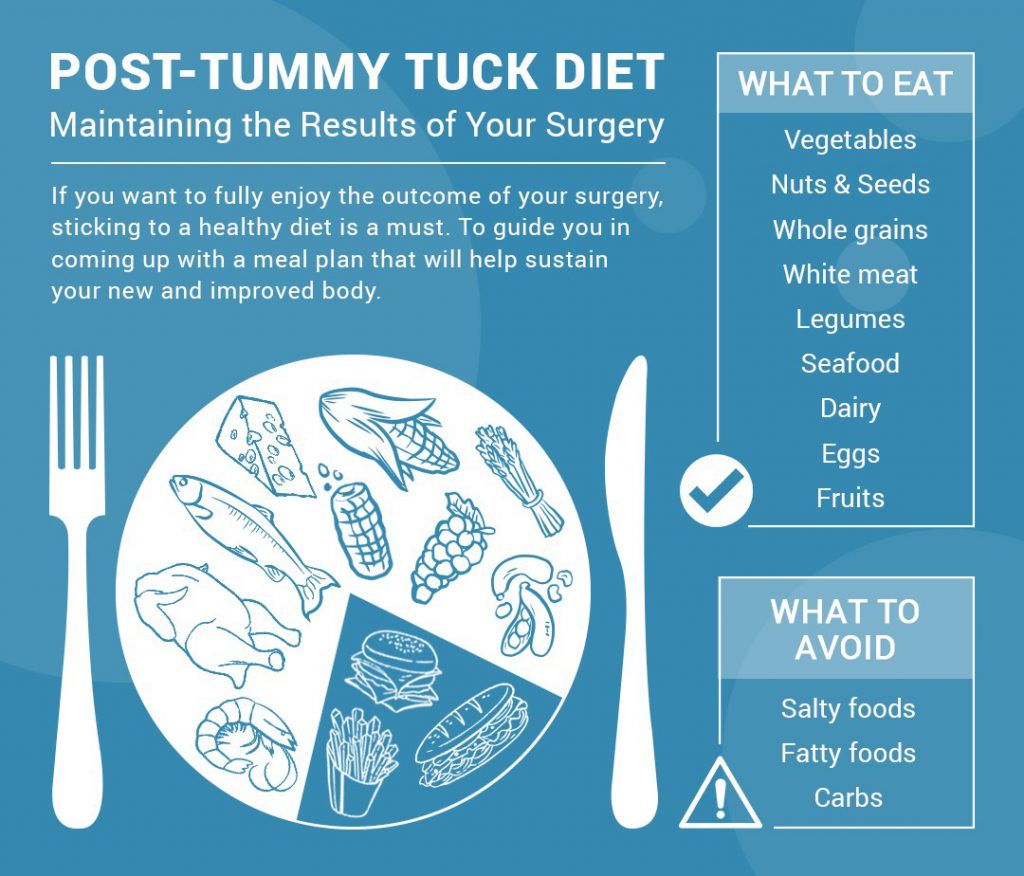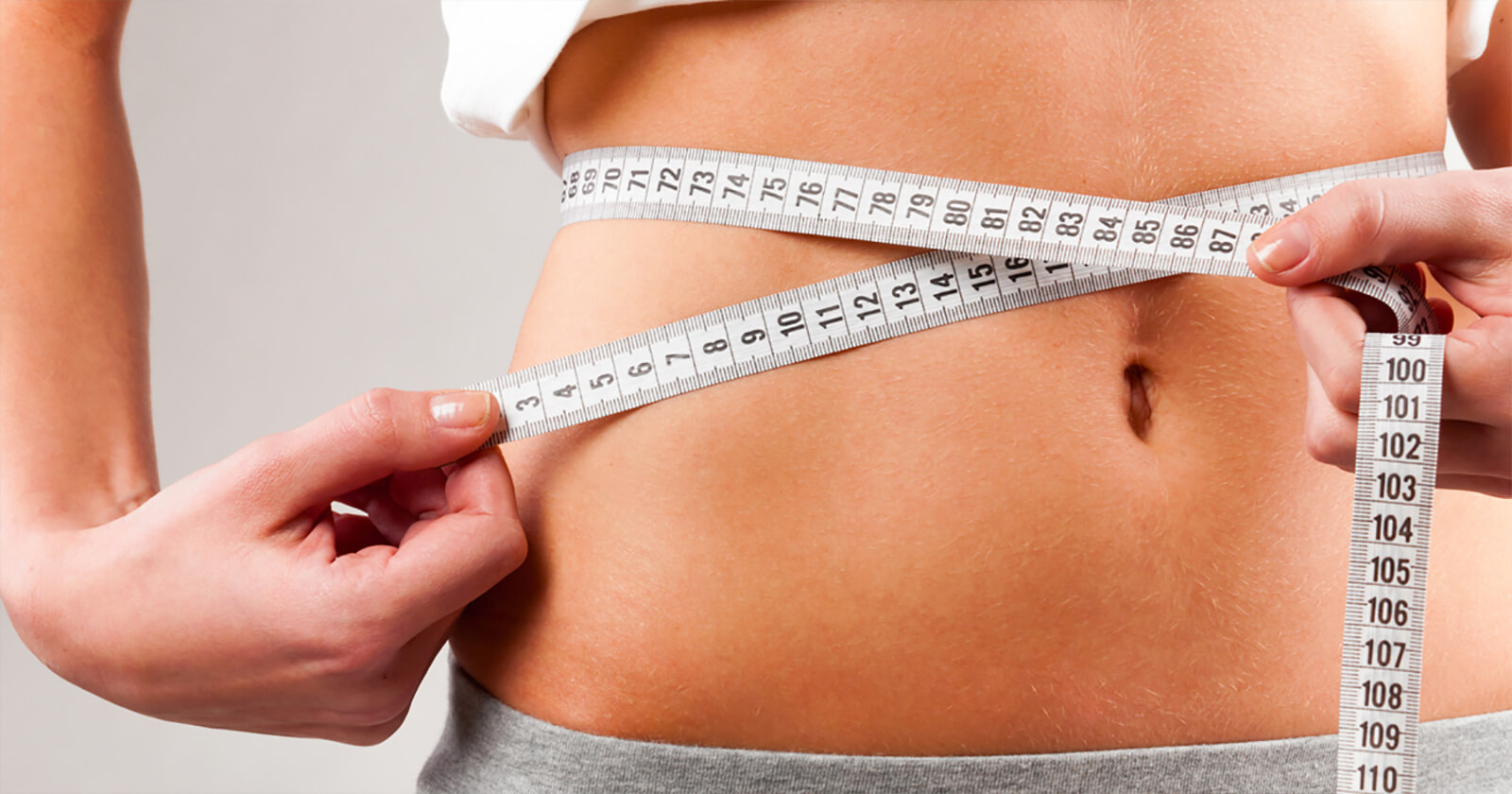How long does liposuction results last? Many people who have had liposuction believe that the fat they had removed is permanently gone. Given that you have a limited amount of fat cells when you are born, in some respects, this is a logical notion. However, several individuals are unaware that fat can occasionally fluctuate and be distributed differently, especially if your diet and activity habits are unimproved.
Besides the initial stunning effects, many patients thinking about liposuction worry about durability. In fact, “can fat return after my treatment?” is one of the most frequently asked topics about liposuction that our staff at Mediranco get.
Table of Contents
ToggleIn this article we will discuss:
- Facts on fats
- Can fat return after weight loss?
- How to stay in shape after liposuction?
- Diet and exercise; an overview
- A case worth consideration
- Diet After Liposuction
- How long should I follow my post-operative diet?
- Exercise After Liposuction
- FAQ
Facts on fats:
Fat is not as bad as you might think: A minimal quantity of fat is required for a healthy, balanced diet. Fat contains necessary fatty acids, which the body cannot produce on its own. Fat aids in the absorption of vitamins A, D, K and E. Because these vitamins are fat-soluble, they can only be absorbed with the aid of lipids.
How fat begins to form: Any fat that is not utilized by your cells or converted into energy is stored as body fat. Similarly, unutilized carbs and proteins are turned into body fat. There is a reason why energy is stored in fat and not as other forms; All forms of fat contain a lot of energy. A gram of fat, whether saturated or unsaturated, gives 9kcal (37kJ) of energy, whereas carbohydrate and protein offer 4kcal (17kJ).
There are different kinds of fats: The two most common forms of fat present in food are unsaturated fats and saturated fats. Most fats and oils include varying amounts of saturated and unsaturated fats. As part of a balanced diet, you should attempt to reduce your intake of saturated and trans fats while increasing your intake of unsaturated fats.
Saturated fats:
Saturated fats may be found in a variety of meals, both sweet and savory. The majority of them are derived from animal products, such as meat and dairy products, as well as some plant foods, such as palm oil and coconut oil. Saturated fat-rich foods include:
- fatty cuts of beef and meat products such as sausages and pies.
- cheese, particularly hard cheeses such as cheddar cream
- soured cream and ice cream
- some savory snacks, such as cheese crackers and popcorn
- Confectionery made from chocolate
- biscuits, cakes, and pastries
- palm oil
- coconut oil and coconut cream
Cholesterol and saturated fats:
Cholesterol is a fatty molecule produced mostly by the liver. It circulates in the blood as:
LDL (low-density lipoprotein) (LDL)
high-density lipoprotein (HDL)
Consuming too many saturated fats in your diet can boost “bad” LDL cholesterol levels in your blood, increasing your risk of heart disease and stroke. “Good” HDL cholesterol works by transporting cholesterol from areas of the body where there is too much of it to the liver, where it is disposed of.

We all need body fat to live: In fact, it is so essential to normal, healthy functioning that even an average height, size 10, slim female carries approximately 100,000 calories of fat on her body.
This is how fat makes a bigger body: The good news first; Because fat cells do not multiply after puberty, even if you gain weight, the amount of fat cells you have remains constant. The bad news is that each fat cell just grows larger and can increase up to ten times its normal size.
Are liposuction results permanent? Can fat return after weight loss?
If you want to lose weight for health and wellbeing, you might be curious about where the fat goes after you lose a few pounds. Fat cells, according to experts, never truly vanish. When a person begins to lose weight, the size of their fat cells lowers or shrinks. They do not ‘burn’ away, as some people mistakenly believe.
So, is it possible to get rid of fat cells once they’ve formed? The number of fat cells in the body rises from birth until your early 20s, but when you reach your mid-20s, the number of fat cells remains constant. If a cell dies, the body replaces it fast. The only way to get rid of fat cells is to undergo an operation called liposuction.
Back to the main topic, can fat return after weight loss? Well, we understood that when you obtain a healthy diet and exercise to get to your ideal weight, the cells storing fat are not going to disappear, but they decrease in size; so, the opposite can happen at any time to any given fat-storing cell, when there is an increase in fat storage throughout the body.
How to stay in shape after liposuction?

After liposuction, you should weigh less. If liposuction removes six pounds of fat, then you will weigh six pounds less following the treatment. You’d be back to your starting weight if you gained those six pounds. If you gain 10 pounds or more, your body may manufacture additional fat, which will collect in parts of your body not previously treated with liposuction.
If you have liposuction on your hips, outer thighs, or abdomen, additional new fat will deposit in other parts of your body, such as your neck, back, upper arms, legs, face, and breasts. It is critical to maintain your target weight and healthy lifestyle after liposuction. Here, we will give some tips for remaining healthy after liposuction that can not only aid your recovery but also allow you to keep your liposuction results for life.
A planned exercise and diet plan is required to get the most out of your liposuction treatment and prevent undesired fatty deposits from returning. It is critical to understand that liposuction is not a permanent weight loss operation, but rather a method of contouring or shaping certain regions of the body. Suction is used to remove fat from beneath the skin, and if care is not followed, the fat will return. You should expect some edema and water retention just after liposuction, but this should go away in two to three weeks. Doctors advise against engaging in strenuous activity at this period.
Diet and exercise; an overview: How long does liposuction results last?
A well-balanced diet that includes carbs, fruits, vegetables, and proteins is essential for the greatest outcomes, and you should avoid overeating. A low-salt diet combined with plenty of water (at least two liters per day) will help the water retention, known as ‘oedema,’ fade faster. Gentle walking of increasing distances is another excellent approach to help move the oedema along, and exercise is essential for achieving the greatest benefits.
If you get traditional liposuction, you should wait three to five weeks, depending on your susceptibility to aerobic activity. It cannot be overstated that liposuction is not a permanent weight reduction operation, and depending on where the treatment is performed on your body, you will require an activity routine to maintain it. Toning exercises can be gradually increased between two and three weeks after surgery. It is critical for the body to recover initially in order to achieve the finest surgical results.
After six weeks, most liposuction patients are comfortable enough to engage in intense activity. To keep the fat off your abs, you must maintain a consistent aerobic and abdominal training regimen. Running, cycling, swimming, and aerobics are the finest cardio activities, but there are many additional basic abdominal exercises that anybody may incorporate into their fitness program after liposuction.
A case worth consideration:
Without regular exercise and a healthy, balanced diet, the fat will most certainly return. A research published in the Journal of Clinical Endocrinology and Metabolism demonstrates the dangers of not exercising after surgery. Researchers from the University of So Paulo recruited 36 healthy but sedentary women between the ages of 20 and 35. The women were not obese, but they all agreed to have 2.5 to 3 pounds of abdomen fat removed by liposuction.
Six months later, half of the women had regained fat, primarily visceral fat, which collects around organs deep inside the belly and is known to trigger metabolic changes that increase the risk of heart disease and diabetes. These women accumulated 10% more visceral fat than they did before surgery.
The other half of the patients did not gain weight since they were randomly allocated to begin exercising following surgery. While their peers remained inactive following liposuction, these ladies began a four-month training plan that included both aerobic and weight-lifting three times each week. Not only did the fat not reappear, but they also had less fat in their bodies overall. They were also more physically active and had better insulin sensitivity.
So yes, liposuction can help you look the way you’ve always wanted to, but without exercise and a balanced diet, you’ll be right back where you started, if not worse off.
Diet After Liposuction: How long does liposuction results last?

If you are thinking about getting liposuction or already have the procedure booked, you may be wondering if there are any dietary adjustments you need make before or after surgery to aid healing or prepare your body for the process. When it comes to liposuction, patients commonly ask about diet, and the simple response is that no special diet is necessary, but that a well-balanced diet based on good eating habits is encouraged. There are also some meals that may be included to help with the recuperation process.
Some general tips first:
- If you are given antibiotics following liposuction surgery, increase your consumption of probiotic-containing foods.
- Make sure you get adequate protein because it can boost cell development and aid in the healing process.
- Staying hydrated might help minimize inflammation and swelling following your treatment.
Going back to the topic, what should I eat after liposuction?
Consume adequate protein. Protein is the most important food to ingest after liposuction. This is because your body has just undergone surgery and needs to recuperate, and protein is vital to healing, according to our medical experts at Mediranco.
Protein can aid in the healing of post-surgical wounds as well as the regeneration of damaged skin and muscle tissue. Protein can also help minimize the edema that is typical after liposuction. You can obtain adequate protein even if you’re a vegetarian.
Protein sources that are good for you include:
- Chicken breast as a good example of lean meat
- Fish
- Lentils with beans
- Seeds and nuts
- Complete grains
- Green leafy veggies
- Moderate consumption of red meat
- Protein supplements, such as shake protein powder
Take a multivitamin. In general, you should eat a well-balanced diet to ensure you obtain all of the necessary vitamins and minerals to recover. Aim to consume foods from each of the five dietary groups: fruits, vegetables, grains, protein foods, and dairy. Most individuals don’t receive enough nutrients in their food, so they don’t get the micronutrients and vitamins they need to recover properly, such as magnesium, vitamin D, and vitamin B12. That’s why it’s recommended to have some multivitamins consumed.
Keep hydrated. You should also pay attention to hydration. You can consume sports drinks, but don’t drink too many because they are generally rich in sugar. Instead, drink lots of water with a slice of lemon or lime for taste. Staying hydrated can aid in the reduction of post-operative edema. When you’re dehydrated, your body is more prone to retain the little water it has, resulting in edema. Stay hydrated, and you may even notice your liposuction results sooner because the irritation will subside faster.
How long should I follow my post-operative diet?
How long does liposuction results last? Liposuction can provide amazing effects and leave patients feeling transformed in terms of look and self-confidence, but it cannot improve eating habits, exercise levels, or hunger. As a result, it is critical for patients to establish long-term lifestyle adjustments that they can maintain even after their recovery is complete.
The Mediranco experts advise following these food suggestions for at least two to four weeks following surgery, throughout the acute healing period.
However, if you have liposuction, you probably want to keep your thinner shape. It is your responsibility to maintain healthy lifestyle choices.
Maintaining a nutritious diet after liposuction is therefore essential for the optimum outcomes, not simply in the two to three weeks immediately following surgery.
Exercise After Liposuction: How long does liposuction results last?
As many people are aware, there is healthy fat and harmful fat. If you’ve recently had a belly tuck, you’re probably pleased with your new, slimmer figure. This does not preclude you from regaining excess intra-abdominal adipose tissue (or visceral fat.) Visceral fat is especially hazardous since it is accumulated around the organs deep within your abdomen, increasing your risk of heart disease or diabetes. Is there anything you can do to help with this? Yes, indeed! You may counteract the effect by exercising!
Exercise is important for sustaining liposuction outcomes, but patients must be cautious about how and when they resume their usual routine after their fat removal treatment. Your surgeon at Mediranco, The Center for Cosmetic Surgery will offer you with particular instructions for your liposuction recuperation. The skilled staff will walk each patient through the whole procedure from beginning to end. Light activity, such as walking, is advantageous soon after the treatment, according to medical research. It helps to reduce edema and inflammation while also lowering the risk of blood clots. Strenuous exercise, on the other hand, should be avoided for at least 4 – 6 weeks or until cleared by your cosmetic surgeon.

